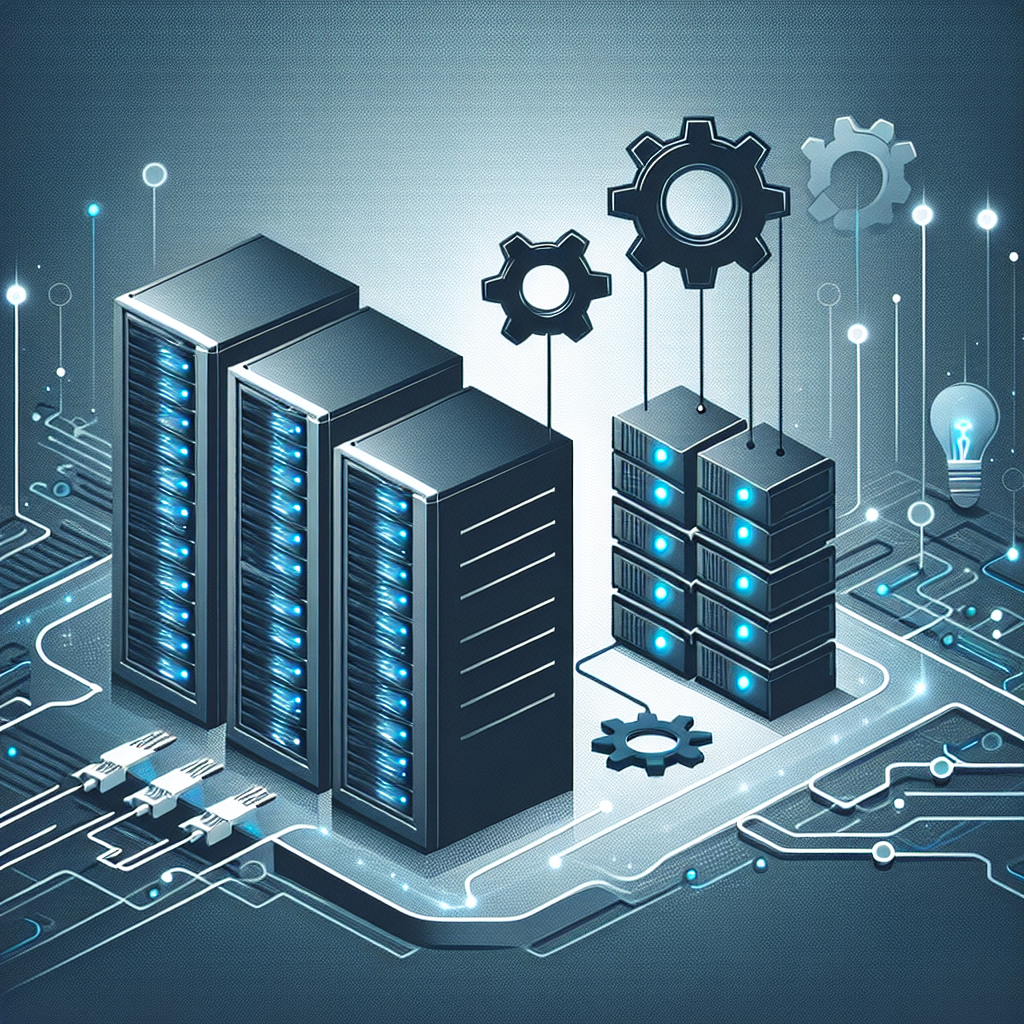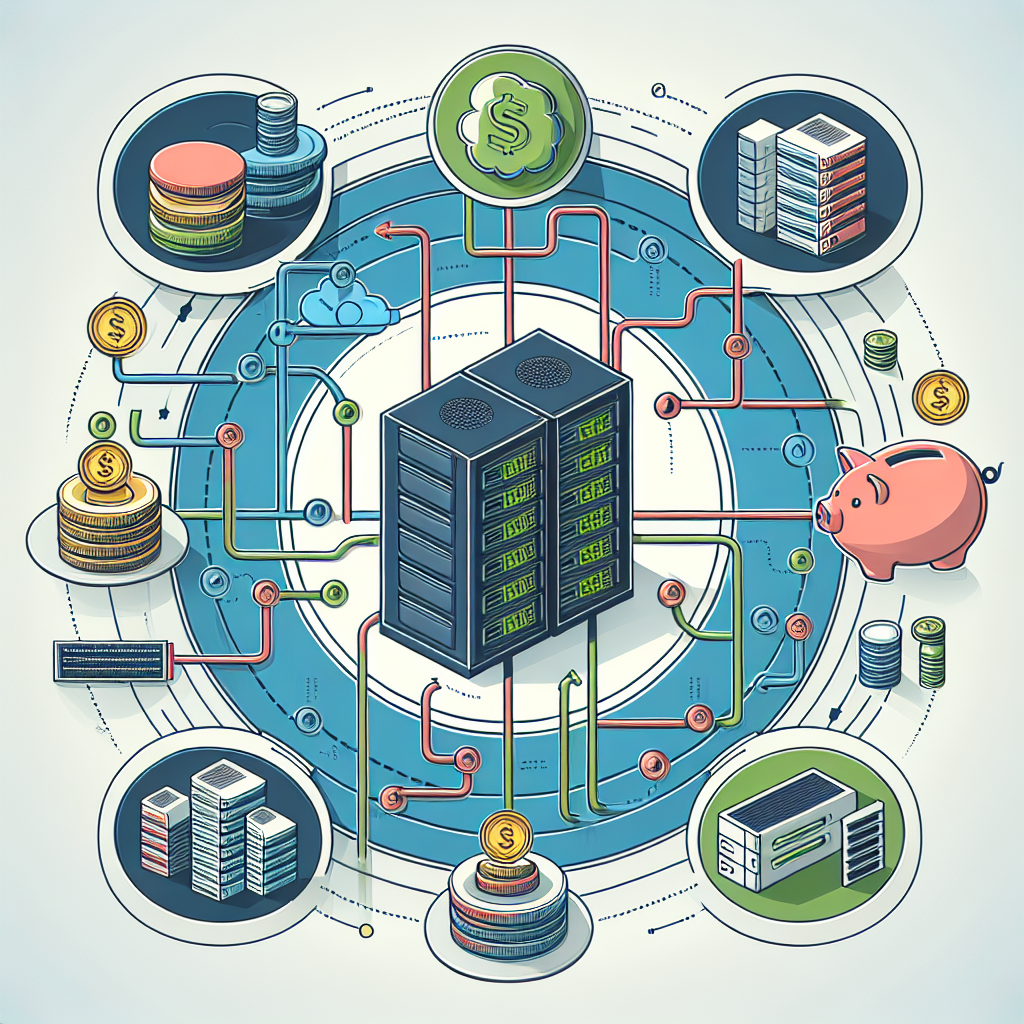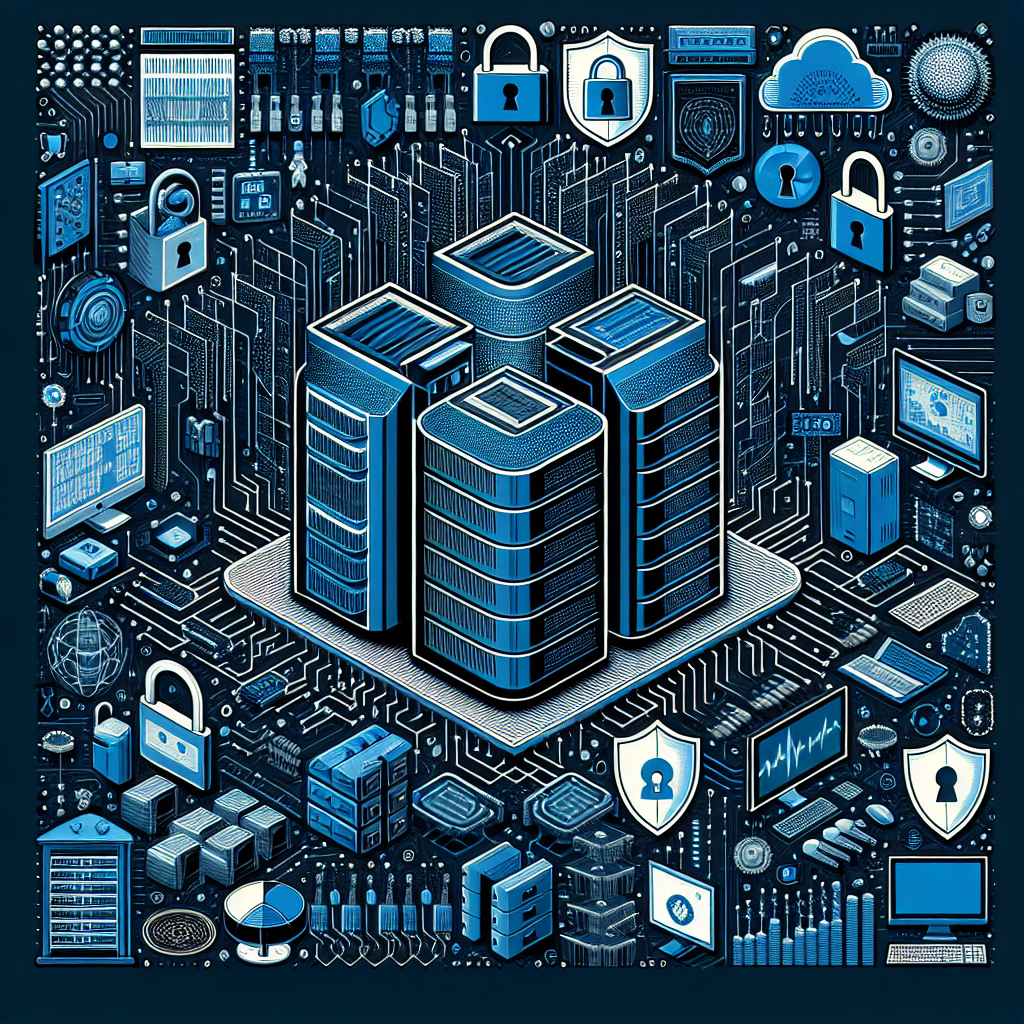Data centers are the heart of any organization’s IT infrastructure, housing critical equipment and systems that ensure the smooth operation of business operations. With the increasing dependence on technology, it is more important than ever to maintain data center efficiency and reliability. Here are some key considerations to keep in mind:
1. Regular Maintenance: Regular maintenance is essential to ensure the proper functioning of data center equipment. This includes tasks such as cleaning and inspecting hardware, checking for any signs of wear or damage, and replacing any faulty components. Regular maintenance helps prevent unexpected downtime and extends the lifespan of equipment.
2. Temperature and Humidity Control: Data centers generate a significant amount of heat due to the operation of servers and other IT equipment. It is crucial to maintain the right temperature and humidity levels to prevent overheating and ensure the optimal performance of equipment. Monitoring and controlling these factors can help improve energy efficiency and reduce the risk of equipment failure.
3. Power Management: Power management is another crucial aspect of maintaining data center efficiency and reliability. Implementing energy-efficient practices, such as virtualization and consolidation, can help reduce power consumption and lower utility costs. Additionally, investing in backup power sources, such as uninterruptible power supplies (UPS), can help prevent data loss in the event of a power outage.
4. Security Measures: Data centers house sensitive information and valuable equipment, making them a target for cyberattacks and physical threats. Implementing robust security measures, such as access controls, surveillance cameras, and fire suppression systems, can help protect data center assets and ensure continuity of operations.
5. Monitoring and Remote Management: Monitoring data center performance and remotely managing equipment can help identify potential issues before they escalate into major problems. Implementing monitoring tools that track key performance indicators, such as temperature, humidity, and power usage, can help data center operators make informed decisions and take proactive measures to maintain efficiency and reliability.
6. Disaster Recovery Planning: Despite all preventive measures, disasters can still occur, such as natural disasters, equipment failures, or human errors. Having a comprehensive disaster recovery plan in place can help minimize downtime and data loss in the event of an emergency. Regularly testing and updating the plan ensures that it remains effective and up-to-date.
In conclusion, maintaining data center efficiency and reliability requires a proactive approach that addresses various aspects of operations, from equipment maintenance to security measures. By implementing these key considerations, organizations can ensure that their data centers operate smoothly and securely, supporting the uninterrupted flow of business operations.









